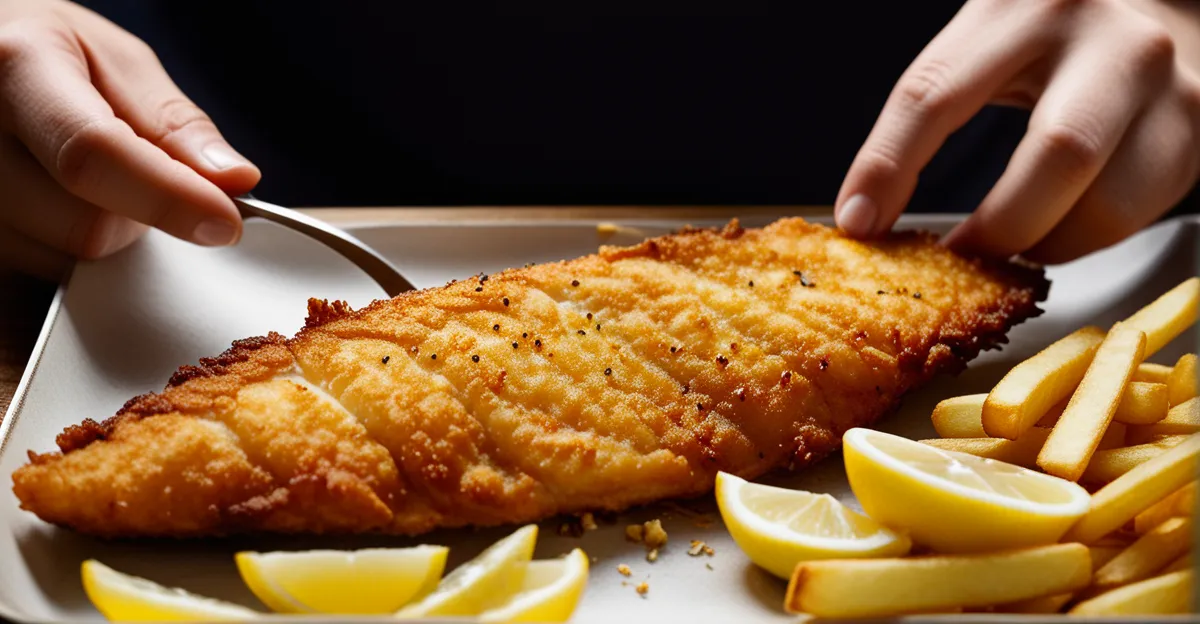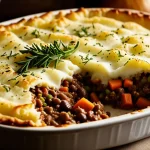Key factors for crisp and flaky fish and chips
Achieving the best tips for crispy fish and chips begins with understanding the batter composition. A quality batter includes cold water or beer, plain flour with a small amount of cornflour for crispness, and a pinch of baking powder. This combination creates a light, airy coating that crisps beautifully. The batter must be mixed gently to avoid activating gluten, which can toughen the crust.
Proper preparation of fish fillets is critical for flaky fish texture. Always pat the fillets completely dry before battering; excess moisture weakens batter adhesion and results in soggy fish. Choosing firm, fresh white fish like cod or haddock also enhances flakiness.
In the same genre : How can you create a flavorful shepherd’s pie?
Selecting the optimal oil type supports this transformation. Use oils with a high smoke point such as vegetable or peanut oil. Maintaining frying temperatures between 175°C and 190°C ensures the batter crisps quickly without absorbing excess oil. If the oil is too cool, the coating becomes greasy and loses its signature crunch.
These key factors—batter makeup, fish preparation, and oil temperature—form the foundation for consistently crispy fish and flaky texture every time.
Have you seen this : How can you replicate the flavors of a classic toad in the hole?
Proven Techniques for Crisp and Flaky Fish and Chips
Achieving the perfect crispiness and flakiness involves precise moisture control. Excess moisture on fish surfaces hinders batter adhesion, so always ensure fillets are thoroughly patted dry to promote an even, sealed crust. This essential step prevents sogginess and helps the batter bubble crisply during frying.
Understanding the batter composition is another cornerstone. Incorporating cold liquids like beer or sparkling water slows gluten development, yielding a lighter, crispier coating that complements flaky fish texture. Using a blend of plain flour and a small percentage of cornflour, combined with a pinch of baking powder, enhances batter aeration—crucial for that satisfying crunch.
Maintaining the correct frying temperature is equally vital. The oil must stay between 175°C and 190°C to crisp the batter rapidly without absorbing excess oil. Temperatures below this range cause greasy coatings, while overheating risks burning. Monitoring temperature closely ensures your homemade fish and chips consistently exhibit that classic, light crunch and tender, flaky fish beneath.
By mastering these fish and chips techniques—moisture control, ideal batter formulation, and precise frying temperatures—you set yourself up for reliably delicious results every time.











